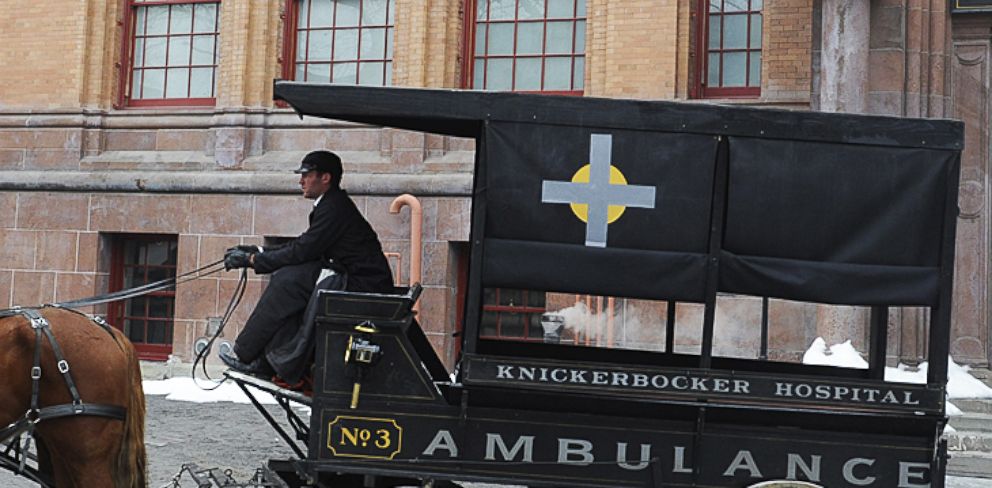See the Birth of Modern Medicine From The Doctor Who Collects the Negatives
From electroshocks to iron lungs, see haunting photographs of the Burns Archive.
— -- The early days of modern medicine, before penicillin and anesthesia, can seem gruesome by today's standards. But archivist and collector of medical photography, Dr. Stanley Burns, thinks it’s important to look back at the early days of medicine understand how far modern medicine has come in just over 100 years.
Burns, the founder and archivist of the Burns Archive, has lots of evidence about how crude early medical treatments could be at the beginning of the last century. From electroshock for blindness to scoliosis cures that look torturous, the haunting photographs from the Burns archive can be beautiful and scary reminders of how rudimentary medicine was just a century ago.
“The doctors 100 years ago were just as smart and interested in helping their patients as we are today,” Burns told ABC News. “The problem was they labored under inferior knowledge and technology.”
Burns’ photography archive includes thousands of pictures ranging from early medical operations to Civil War-era photos of wounded soldiers, some of which were featured in a show at the Metropolitan Museum of Art in New York.
His newest exhibition is decidedly more macabre. It’s a collection of memorial photography, which are pictures of the deceased for loved ones, mainly from the turn of the 19th century.
The photographs of the posed deceased are being featured at the Morbid Anatomy Museum in Brooklyn, New York, until this January.

Earlier this year, Burns’ incredible knowledge about the birth of modern medicine has been utilized at his newest side-job -- medical adviser on the Cinemax drama “The Knick.”
The show centers on the Knickerbocker Hospital at the turn of the 19th century, just as now common surgical techniques were being developed. It’s a show tailor-made for Burns’ sensibility.
“What I’ve been able to do is help make the medicine in the year 1900 come alive,” he said.
Burns not only vets the set and the procedures, he implemented “medical school” for the actors. Burns taught the show’s starts like Clive Owen how to properly stitch up a wound so that the camera could stay close on their hands during the operation scenes.
He said “They were more serious about learning the medical [techniques” than some students.
When Burns asked why they were so meticulous, his new students answered “It’s going to be onscreen, it’s going to be forever.”
Burns said he hopes his medical archive and the show will help people realize that medicine is an ever-evolving field and that the crude procedures shown on "The Knick" were actually cutting edge for the time.
"When doctors 100 years from today look at what we’re doing they’ll look at us the same way," he said.




